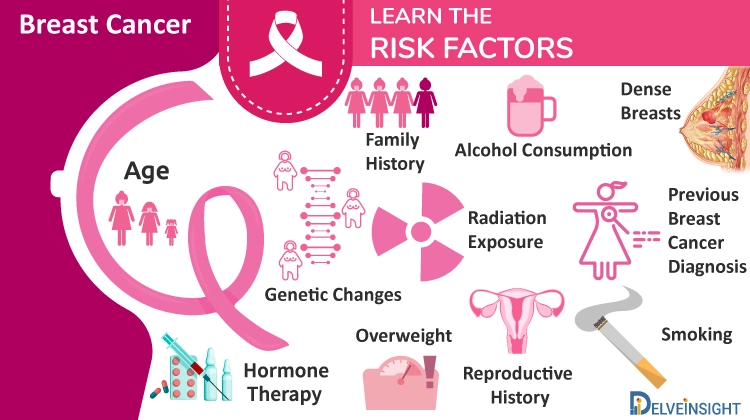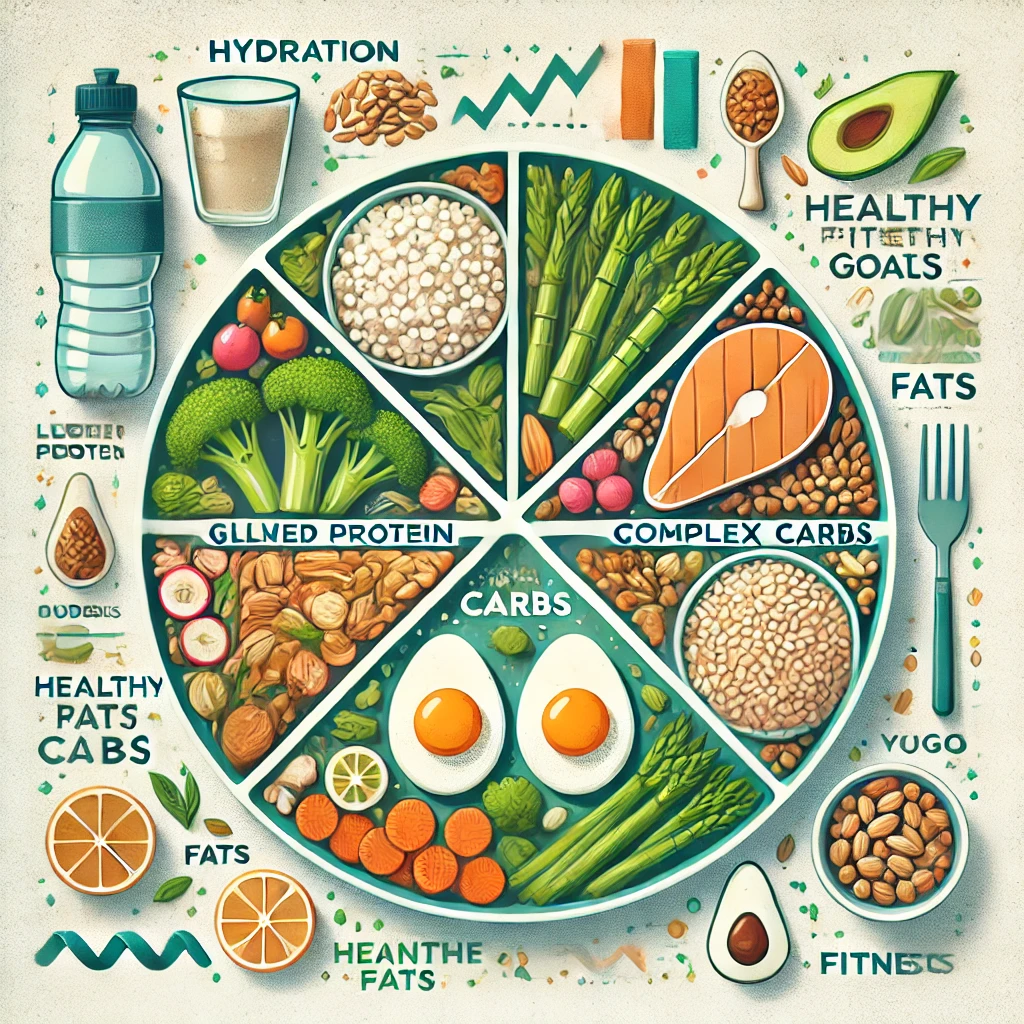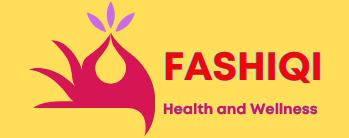Table of Contents
Introduction:
Understanding Breast Cancer
When cells in the breast develop out of control, it can lead to breast cancer. These aberrant cells typically develop into a tumor, which is frequently felt as a bump or identified by imaging. While not all lumps are malignant, those that are have the potential to metastasize, or spread to other areas of the body, by invading nearby tissues. Promoting breast health awareness about such signs is essential.
The components of the breast are connective tissue, ducts , and lobules (milk-producing glands). Usually, lobule or duct cells are where breast cancer starts. Where it begins, how far it has progressed, and whether it responds to particular therapies determine the type and stage of breast cancer. Early breast health awareness makes a crucial difference in identifying these stages.
Causes of Breast Cancer
Scientists have discovered a number of contributing variables to breast cancer, but the precise cause is still unknown. These can be broadly divided into reasons relating to lifestyle, environment, hormones, and genetics.
Genetic Factors
breast health awareness is one of the most potent recognized risk factors is inherited genetic mutations. The risk of ovarian and breast cancer is greatly increased by mutations in the BRCA1 and BRCA2 genes. People who have a high family history of breast cancer should think about getting tested and receiving genetic counseling. This is where breast health awareness and proactive testing can be lifesaving.
Hormonal Influence
Breast cell growth can be impacted by hormonal abnormalities, breast health awareness involving estrogen and progesterone. Women who have been exposed to estrogen for an extended period of time, such as those who had hormone replacement therapy, started menstruation early, or entered menopause later, may be more vulnerable. Sharing this knowledge builds health awareness across communities.
Environmental Exposure
A increased risk of breast cancer has been associated with exposure to specific chemicals and radiation. These include ionizing radiation from CT scans and X-rays, as well as carcinogens included in industrial chemicals, pesticides, and some polymers. Better breast health awareness can lead to more informed choices regarding exposure.
Lifestyle Factors
The risk of breast cancer is greatly influenced by lifestyle factors. Obesity, smoking, alcohol use, poor diet, and sedentary behavior can all increase the risk of contracting the illness. Encouraging breast health awareness around these habits is key to prevention.
Typical Risk Elements
People can make better health decisions if they know breast health awareness. who is most likely to develop breast cancer.
Gender and Age
As people age, their risk of developing breast cancer rises. Women over 50 are diagnosed with the majority of instances. Although it is uncommon, breast cancer can strike men as well, usually in later life. Age-specific breast health awareness initiatives are necessary to reach at-risk groups.
Family History
The risk is greatly increased by a family history of breast cancer, particularly in a first-degree relative. If the illness struck at an early age or affects several family members, the risk is significantly higher. Here, family-based breast health awareness and screenings can have a significant impact.
History of Personal Health
The chance of recurrence or developing cancer in the other breast can be increased by having had breast cancer in the past or by having certain non cancerous breast disorders. Regular monitoring and breast health awareness programs help manage this risk.
History of Reproduction
Women who did not breastfeed, had their first kid after the age of 30, or never had children may be at greater risk. Because pregnancy and breastfeeding limit exposure to estrogen, they appear to have a protective impact. Reproductive breast health awareness plays a key role here.
Dense Breast Tissue
More glandular and fibrous tissue than fatty tissue is found in women with thick breasts. This is regarded as a risk factor in and of itself, in addition to making tumors more difficult to find on mammograms. breast Health awareness helps women understand what dense breast tissue means for their screenings.

Use of Tobacco and Alcohol
A higher risk of breast cancer has been associated with even moderate alcohol use. Use of tobacco can increase the risk even further, particularly when paired with other risk factors. Promoting breast health awareness in lifestyle choices can lead to healthier communities.
The Role of Hormones
A major factor in the onset and spread of breast cancer is hormones. Certain breast cancer cells include proteins called estrogen and progesterone receptors. These hormones may cause cancers that test positive for these receptors to develop more quickly.
Hormone therapy is frequently a successful treatment for malignancies that are hormone receptor-positive. These treatments either prevent hormones from having an effect on cancer cells or reduce hormone levels in the body. Understanding treatment options is another benefit of breast health awareness.
Strategies for Prevention
Even though not every occurrence of breast cancer can be avoided, there are a number of ways to greatly lower the risk:
Maintain a Healthy Weight
The risk of breast cancer is increased by obesity, particularly after menopause. It can be protective to maintain a healthy weight with regular exercise and a balanced diet. Promoting breast health awareness about nutrition and fitness is crucial.
Engage in Regular Exercise
Exercise strengthens the immune system and helps control hormones. Every week, try to get in at least 150 minutes of moderate aerobic exercise or 75 minutes of strenuous exercise. breast Health awareness campaigns often stress the benefits of physical activity.
Limit Your Alcohol Consumption
The danger increases with the amount of alcohol ingested. Women should try to limit their daily alcohol consumption to no more than one drink. Spreading breast health awareness around alcohol use supports early prevention.
Eat a Nutrient-Rich Diet
Omega-3 fatty acid, fiber, fruit, and vegetable-rich diets may help lower the incidence of breast cancer. Steer clear of sugary drinks and processed foods. Healthy eating is a key message in breast health awareness education.
Don’t smoke
Smoking is associated with several different cancers in addition to breast cancer. Both short-term and long-term health benefits come from quitting smoking. Ongoing breast health awareness efforts continue to combat smoking habits.
Breastfeed, if Possible
It has been demonstrated that breastfeeding reduces the risk of breast cancer, particularly if it is maintained for a year or longer. breast Health awareness campaigns that encourage and support breastfeeding contribute to lowering risk.
Limit Hormone Treatment
If hormone replacement therapy is required, discuss the hazards with your doctor as briefly as possible. Knowing the risks and benefits is a result of improved breast health awareness.
Get screened
Clinical breast exams and routine mammograms can identify cancer early, when it is most curable. Talk to your healthcare professional about the best time and frequency to get screened. These are central messages in breast health awareness initiatives.
Breast Self-Awareness
Early detection relies heavily on self-awareness and self-examination. Although self-examinations are no longer formally advised as a screening method, knowing how your breasts typically feel and look can help you identify any changes. Promoting breast health awareness around self-checks helps in early diagnosis.
Keep an eye out for:
- new masses or lumps
- Thickening or swelling
- Dimpling or skin irritation
- discharge from the breasts
- Changes in nipple position or pain
Emotional and Psychological Aspects
Breast cancer affects more than just one’s physical health. Body image issues, anxiety, depression, and fear are prevalent. As part of a comprehensive strategy for prevention and recovery, mental health must be addressed. Open communication with loved ones, therapy, and support groups can all have a big impact. Emotional breast health awareness is just as vital.
Conclusion
Even though breast cancer is a complicated and multidimensional illness, one of the most effective ways to fight it is through education. People can greatly lower their risk or detect the disease in its early, more treatable phases by being aware of its causes, identifying the risk factors, and taking preventive measures. Breast cancer breast health awareness is a year-round commitment to health, alertness, and empowerment; it shouldn’t be restricted to October.
Proactive measures in the fight against breast cancer include being informed, leading a healthy lifestyle, and supporting routine checkups. Together, we can significantly improve the lives of those impacted by this illness by providing information and breast health awareness assistance.









